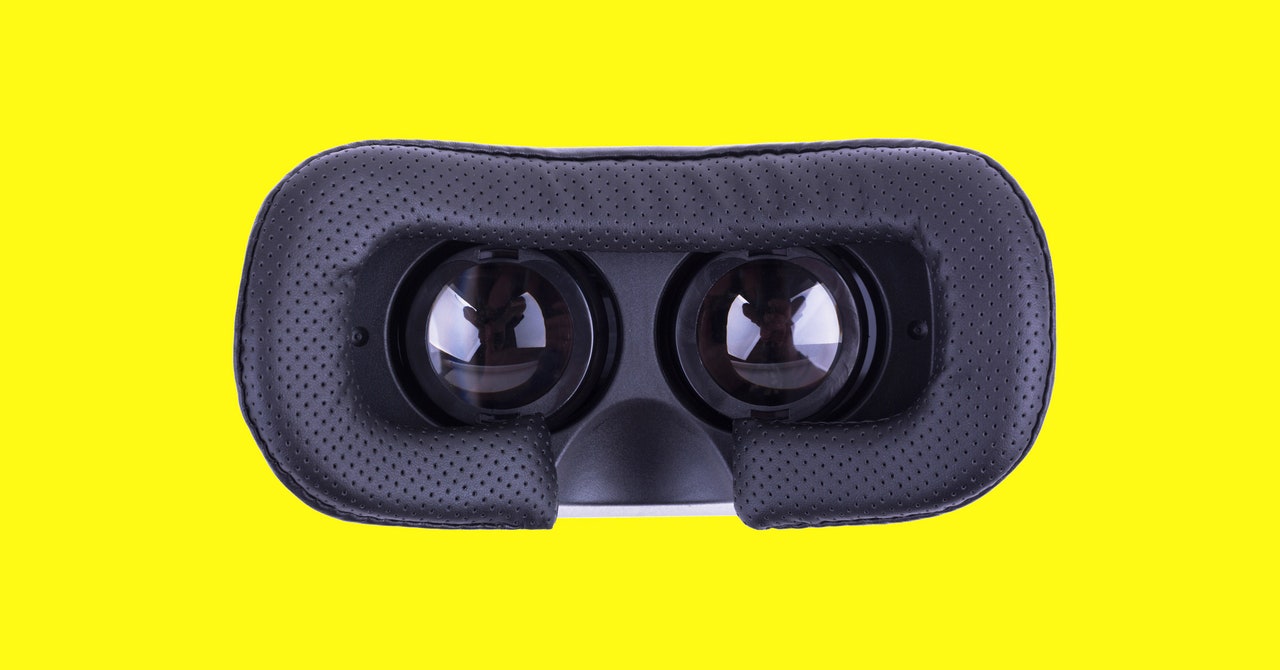Yesterday I took an hour-long break from answering emails and staring at boxed-in faces in video calls to follow an abandoned dirt road near Bears Ears, Utah, in a dusty pink twilight. At first hopelessly straight, the road soon twisted and banked through low hills and scrubbed out vegetation. The horizon, speckled with plateaus, sat below a cloudless sky stamped with a perfect view of the Milky Way. Outside, in reality, it was early afternoon under thick San Francisco fog, and I hadn’t left the confines of my crowded house in days. Here there was space to move, to be alone, to let my mind off leash. I was in Google Earth VR.
As we all pitch in to flatten the curve of this pandemic, countless people are suddenly stuck at home trying to scrape together a semblance of productivity between interruptions from kids and the pajama malaise. The New York Times’ Kevin Roose wrote what many able-bodied and neurotypical people are probably feeling: “Working from home is a good option for new parents, people with disabilities and others who aren’t well-served by a traditional office setup.” However, “Most people should work … near other people and avoid solitary work-from-home arrangements whenever possible.”
WIRED OPINION
ABOUT
M Eifler is an artist and design researcher focused on making computational toys and tools which integrate knowledge and experience from the whole body. They’ve contributed research at SAP, Y Combinator Research, and Microsoft as well as exhibited at SFMOMA, TED, and the Smithsonian.
Human connection is vital. Just in the last two weeks I’ve been invited to remote cooking classes, games, venting sessions, drag shows, meditations, exercise classes, and writing groups. This sudden necessity of online socializing and events might feel novel, but for many of us who’ve needed to work at home since long before the pandemic, this is not a new experience. This moment provides an opportunity for inclusion, and expansion. When the outbreak e

